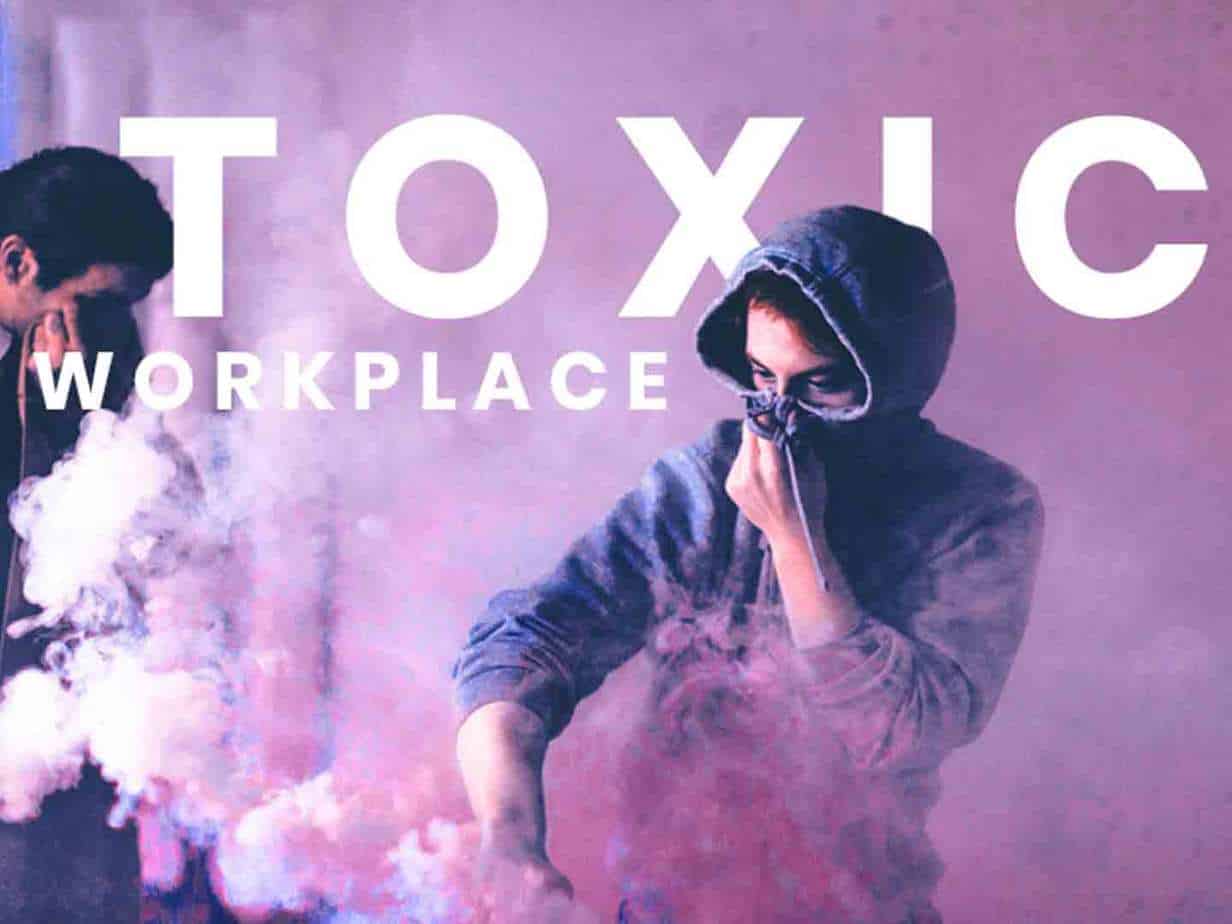
Toxicity may become one of the big buzzwords in 2020. I’m talking specifically about toxicity in the workplace. Senior management may not notice it’s happening at first. They may even be part of the problem. Left unaddressed, toxicity will destroy workplace culture and hit where it hurts most: the bottom line. Dr. Paul White, author of "Rising Above a Toxic Workplace: Taking Care of Yourself in an Unhealthy Environment", spoke with us recently on our Manage Smarter podcast. With his insights and our research on this topic, you can fix the toxicity problem. Here’s how.
Defining Toxicity
We’ve all worked with someone, or for someone, who behaved in a toxic manner. These employees typically aren’t incompetent. In fact, their work skills are likely what got them hired in the first place. The trouble starts when they have to interact with others in the workplace.
Employees come into a work environment with a set of expectations. We might believe that people should always follow the rules. Or, we might decide that a co-worker isn’t completing a project the way we would. Some employees can acknowledge these facts and continue to interact appropriately. Other employees can’t overlook these issues. They might try to enforce their perspective on the co-worker. Or they might try to sink their co-worker by reporting them to the boss. These kinds of out-of-bounds behavior quickly create a toxic environment.
Dr. White points out we're all dysfunctional to some degree. In extreme cases, when we’re stressed, we might blame and make excuses. We might lie or withhold information. “Narcissism seems to be a thread,” says White. Toxic leaders and co-workers can be extremely manipulative. They’ll have outstanding social skills. At SalesFuel, we’ve identified 13 types of toxic workplace behavior. They’re documented in our e‑book which is available for free.
Excising Toxicity
Once a team member with toxic tendencies infiltrates an organization, it’s not easy to show them the door. This is especially true when that employee has a management position. Employees who find themselves suddenly working for a leader set on organizational domination have little recourse. They can document every encounter that makes them uneasy and talk with another leader about their concerns. Or, they can leave the organization.
Toxic leaders often have a way of escaping real work. Dr. White suggests another tactic for exposing their fraudulent behavior. At the end of every meeting, one person should write up the action items each employee has accepted. Post the list publicly, through email, for example, so everyone knows what other team members are doing. Sooner or later, employees will have a paper trail that documents the toxic leader’s lack of accomplishment.
As a leader, you should regularly watch for changes in employee behavior. Have several team members started working from home after you brought in a new manager or promoted one? Are fewer employees congregating in the break room these days? These kinds of changes signal that employees may not be happy in the workplace.
Employees might also hesitate to come to you with concerns about a leader’s toxic behavior. They may fear retaliation. If you don’t have a solid procedure in place for reporting toxic behavior, like bullying or taking credit for someone else’s work, create one.
Prevention
A negative experience with a toxic employee or manager in an organization should be enough to convince leaders to make changes. Specifically, they’ll want to keep these individuals off the payroll. They can start by using a platform like TeamTrait™ to screen for potentially toxic individuals. This kind of comprehensive assessment system can alert you to candidates who may exhibit toxicity in certain work situations. You can also use these assessments to benchmark existing employees. That data will prove useful if you are considering promoting an individual into a management position. Some employees, upon promotion, have the potential to behave in a toxic manner.
Recovery
Once you rid yourself of a toxic employee, you may believe you can return to the organization’s previous state. Unfortunately, you must actively address the damage that’s been done. Take the time to form positive relationships with team members. Encourage group events like lunches where employees can bond again without fear of retaliation. They'll appreciate you taking this important step.
